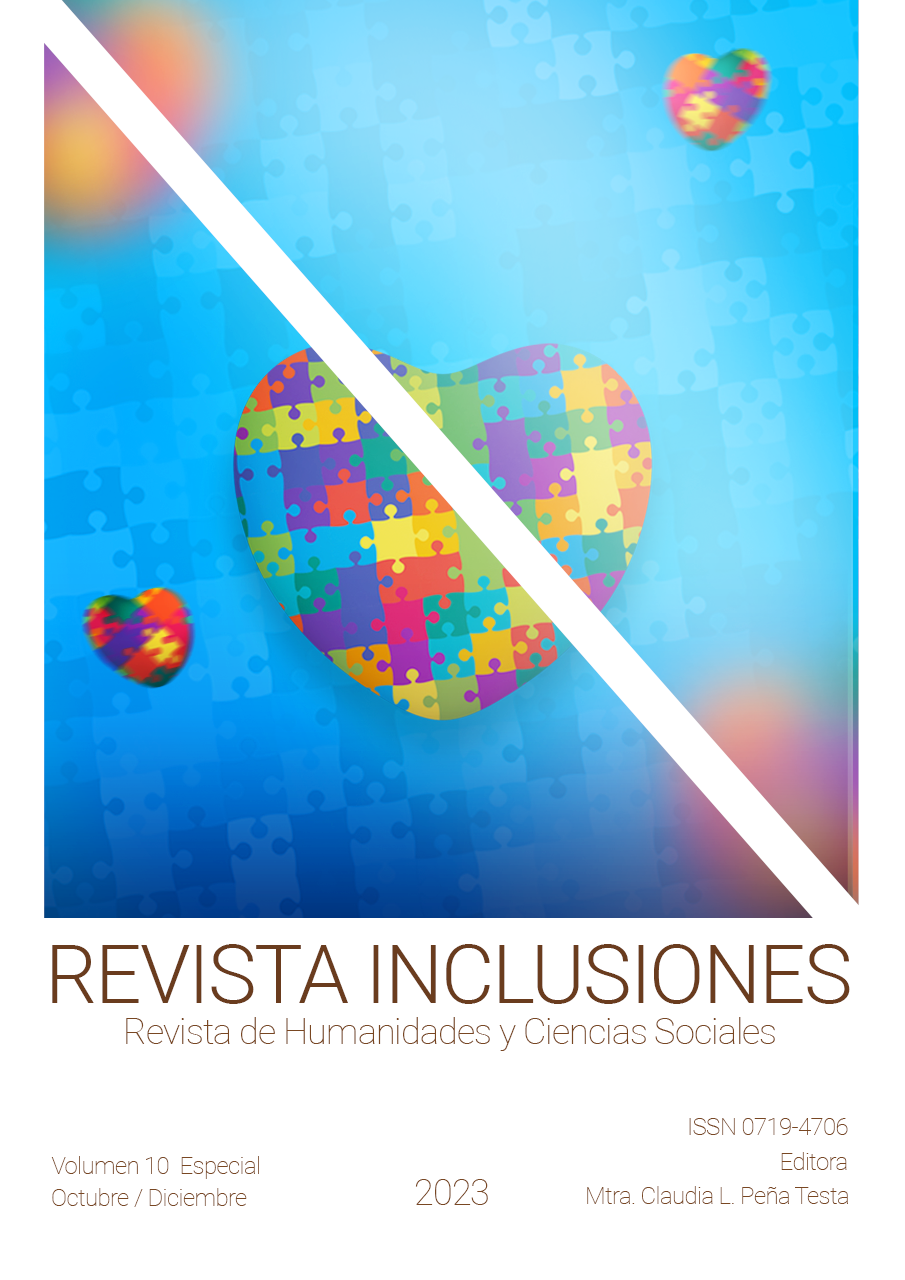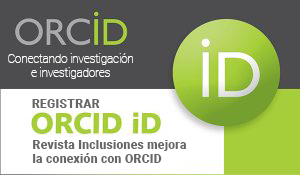Autism in the latest editions of international diagnostic manuals
DOI:
https://doi.org/10.58210/fprc3503Keywords:
Comorbilidades, Dimensionalidad en diagnóstico, DSM-5, Gravedad y nivel de soporte, Trastorno del Espectro Autista (TEA)Abstract
Autism Spectrum Disorder (ASD) is a complex condition that has seen significant advancements in its diagnosis and classification with the introduction of the Diagnostic and Statistical Manual of Mental Disorders, Fifth Edition (DSM-5). In contrast to the DSM-IV-TR, which employed a categorical classification, the DSM-5 adopts a dimensional approach, assessing two key criteria: persistent deficits in social communication and interaction, and restricted, repetitive patterns of behavior. This change allows for greater specificity and reduces the incidence of misdiagnoses, albeit at the expense of sensitivity, especially in adult and adolescent populations. Furthermore, the severity of ASD is classified based on the level of support required, ranging from "substantial" to "some" support. Special attention is given to comorbidities, including intellectual disabilities and other psychiatric conditions like ADHD and schizophrenia. These modifications make diagnosis and intervention more individualized, benefiting both the clinician and the patient.
Published
How to Cite
Issue
Section
Los autores retienen los derechos de autor y otorgan a Revista Inclusiones el derecho de publicación bajo Creative Commons Attribution 4.0 International (CC BY 4.0). Esto permite el uso, distribución y reproducción en cualquier medio, siempre que se otorgue la debida atribución al autor.











